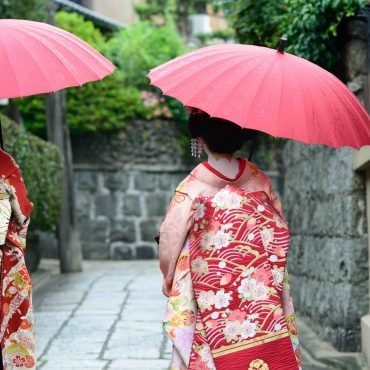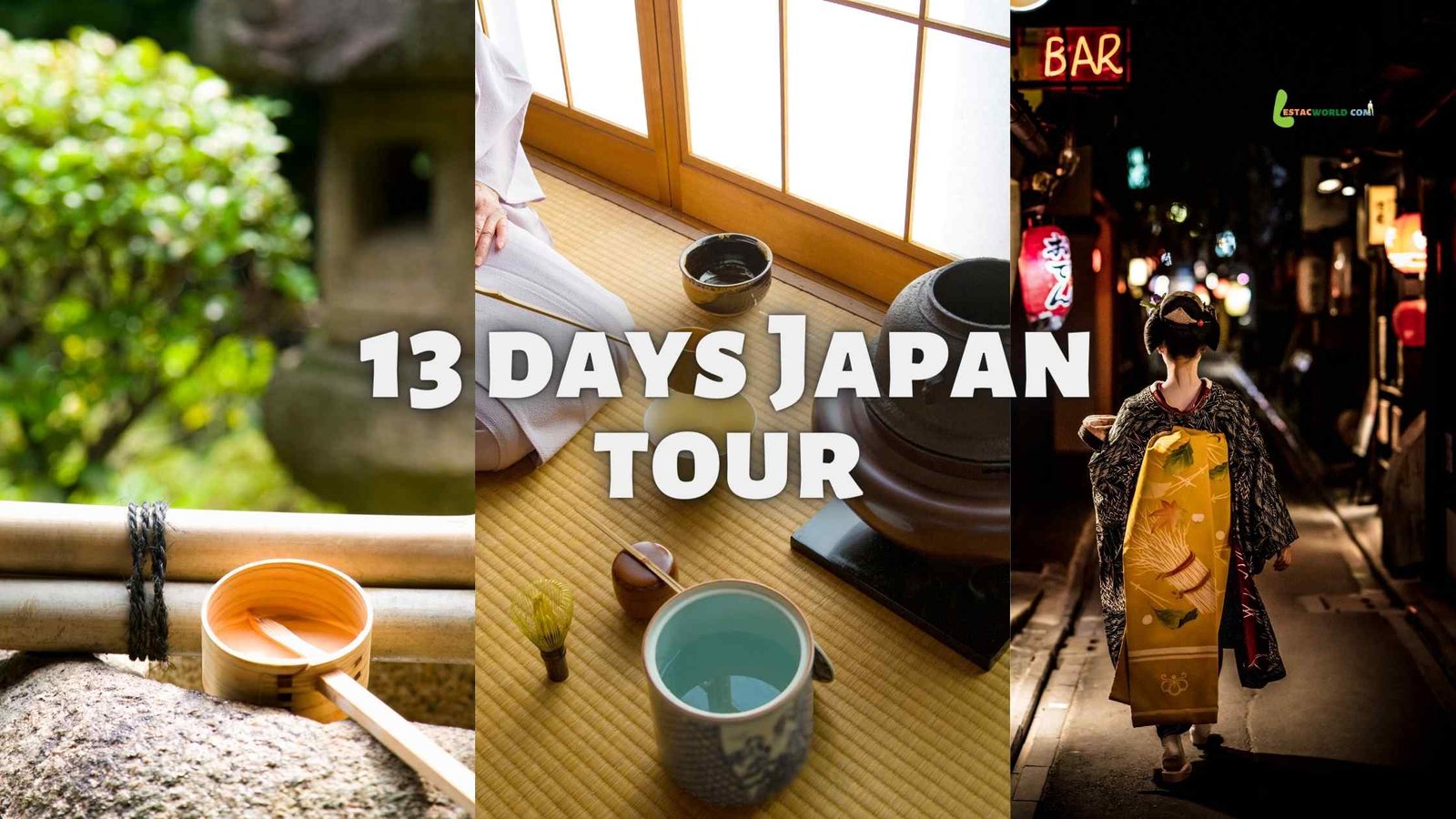To know about Japan tour packages, it is recommended to understand the Goegraphy and culture of the country. Japan is the most eastern island country in Asia. A long chain of islands in the western North Pacific Ocean that runs about 1,500 miles (2,400 km) from northeast to southwest. The four largest islands of Japan—Hokkaido, Honshu, Shikoku, and Kyushu—make up almost all of the country’s land area. Honshu is the largest of these four islands by a long shot. The set is complete with Hokkaido, Kyushu, and Shikoku. The Ryukyu (Nansei) Islands, which include Okinawa, are to the south and west of Kyushu. The Izu, Bonin (Ogasawara), and Volcano (Kazan) islands are to the south and east of central Honshu. The Ryukyu (Nansei) Islands are to the south and west of Kyushu. Tokyo (Tky), which is in the east-central part of the island of Honshu, is the capital of Japan and one of the most populated cities in the world.
Japan has a long and interesting cultural history, but since 1950, it has become one of the most economically and technologically advanced countries in the world. Because it puts a lot of effort into education, Japan has one of the highest literacy rates in the world. In Japan, it seems like the old and the new are always at odds with each other in some way. Japan is known for its love of natural beauty and focus on form and balance, which can be seen in the country’s many gardens and cities like Kyoto and Nara. But even in the countryside, there are many ways in which Japan is influenced by the West. In contrast to the heavily populated, industrialized, and polluted metropolitan area along the Pacific coast of Honshu, the agricultural regions have few people and rice fields and fruit orchards that are neatly arranged.
Japan is a very mountainous country, with mountains covering more than 80% of its land area. Mount Fuji (Fuji-san), the highest point in Japan at 12,388 feet (3,776 meters), is one of many active and dormant volcanoes in the country. Even though the land is hilly and the soil isn’t always good, a wide range of crops can be grown there because it rains a lot and stays warm for most of the year. The main island of Japan, Honshu, has a large population that is mostly hard to tell apart. Most of the people live in the lowlands along the Pacific coast.












